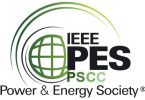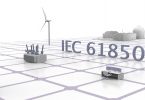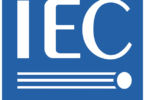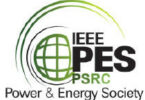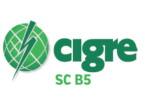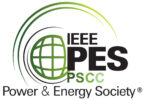Communications for Electric Vehicle Charging Management
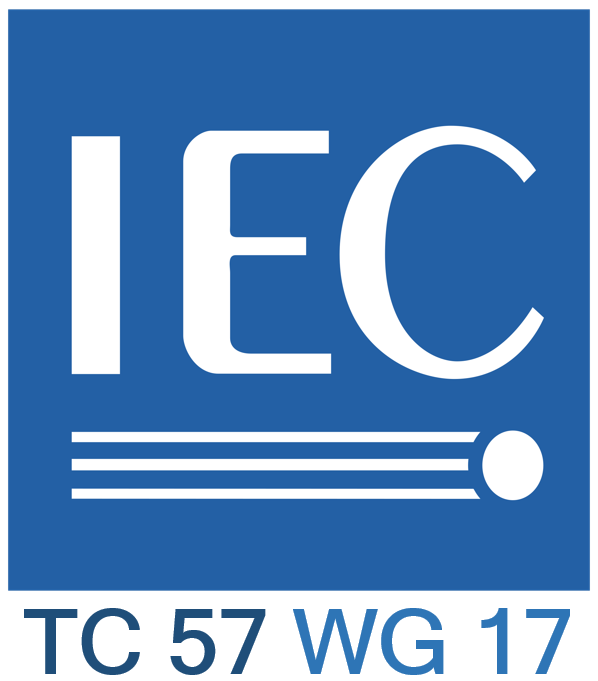
by Tom Berry, Schneider-Electric
IEC TC 57 WG 17 is in charge of power system intelligent electronic device communication and associated data models for microgrids, distributed energy resources and distribution automation.
There is more and more interest in micro-grids and building energy management systems that can run in either grid connected mode or as autonomous networks. IEC TC57 WG17 is preparing technical report IEC 61850-90-23 to show how IEC 61850 information models can be used for these applications.
One of the principles use cases, preparing for planned islanding, has a step to set the import/export power flow to zero by controlling the loads, and if necessary, load curtailment. This is a similar requirement to load reduction request from a demand response program, for instance using IEEE 2030.5. The microgrid or facility management system will need information about the controllable loads so that it can allocate the load reduction to individual circuits or devices in an optimal manner.
IEC 61850 standards use the modelling principle of functional decomposition. Part 7-420 defines the DLOD logical node to define the electrical aspects of loads. The new technical report will propose new logical nodes to describe the associated control capabilities, if any, as well as generic load shedding functions.
The most basic control is curtailment or load shedding, and for this the management system needs criteria to select the loads. This usually includes a concept of priority and minimum on or off times. Load shedding schemes often use round robin techniques based on the previous outage history. There are already some published standards that are relevant. IEC 62962 describes some parameters and variables for load shedding equipment, and ISO 17800:2017 describes a facility smart grid information model (FSGIM) that includes load curtailment parameters.
Of course, it is better to control the loads directly if possible. There are a wide variety of electrical loads, but they can be classified into a much smaller number of categories. This has been the approach of EN 50491-12-2 which describes an information model for customer energy management interfaces; and itself draws on the concepts of smart appliances described in SAREF4ENER.
Power Envelope Based Control is used for devices that can be influenced to use a minimum and/or maximum amount of power or energy over time. Power Profile Based Control is where the load device supports one or more types of sequence. Flexibility comes from the ability to choose a particular profile, change the start time and/or the ability to pause and restart.
Fill Rate Based Control devices have the ability to store energy. How energy is stored is not important provided there is a means to measure how full the storage or buffer is. A common application is for heating and cooling, and this is the focus of technical report IEC 61850-90-27. This report has reached the final draft stage and describes uses cases and information models related to management of both electrical and thermal energy for example in district heating schemes.
The other big application of fill rate control is battery storage, either static or in vehicles. But that is a story for another day.
Biography:

Tom Berry studied Electrical Engineering at Bath University, UK. For the last 25 years he has worked for Schneider Electric in the UK and France.
Tom has worked on control center projects integrating SCADA systems within dispatch training simulators, transmission and distribution network management systems. He now works “closer to the edge” as a software architect for feeder automation RTUs. He is a member of several IEC TC57 WGs and the editor of IEC TS 62361-102 technical report on CIM-61850 harmonization.



